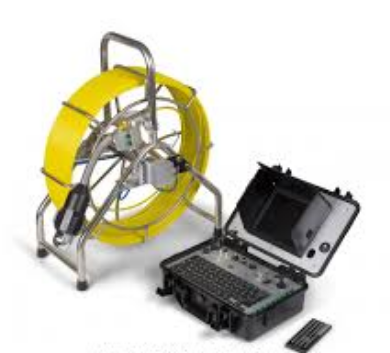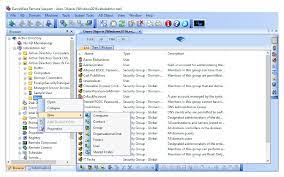Sewer cameras have revolutionized the way we deal with sewer systems. They allow us to inspect, diagnose, and repair sewer issues without having to dig up the entire system. Sewer cameras come in many shapes and sizes, and with different features, so it’s important to have a comprehensive understanding of what to look for when navigating the depths of your sewer system. In this guide, we will take a look at the different types of sewer cameras, their features, and how to operate them.
Types of Sewer Cameras
There are three primary types of sewer cameras: push cameras, tractor cameras, and pan-and-tilt cameras. Push cameras, also known as manual push cameras, are the most basic type of sewer cameras. They consist of a camera mounted on a long flexible rod, which is pushed into the sewer by hand. Tractor cameras are more advanced, as they are equipped with an electric motor that pulls the camera through the system. Pan-and-tilt cameras are the most advanced type of sewer camera, as they can manipulate the direction of the camera remotely.
Features of Sewer Cameras
Sewer cameras come equipped with different features that are essential for diagnosing and repairing issues in your sewer system. Some of the key features of a sewer camera include high-resolution imaging, water-resistant casing, LED lighting, and recording capabilities. High-resolution imaging is essential for inspecting the fine details of your sewer system. Water-resistant casing is important, as sewer lines are filled with water. LED lighting helps illuminate the area the camera is surveying, and recording capabilities are essential for documenting and analyzing the footage.
How to Operate a Sewer Camera
Operating a sewer camera can be a bit tricky, especially if you’ve never done it before. Before operating a sewer camera, it’s important to have a good understanding of your sewer system and the issues you’re trying to diagnose and repair. Once you have that information, you can select the appropriate type of sewer camera and set it up. Push cameras are relatively straightforward to operate, as they only require you to push the camera along the sewer line. Tractor cameras require a bit more finesse, as you need to control the speed and direction of the camera. Pan-and-tilt cameras require the most skill, as you manipulate the camera remotely.
Maintaining a Sewer Camera
Maintaining your sewer camera is essential to ensure it lasts as long as possible. After each use, make sure to clean the camera and casing thoroughly, as debris and dirt can build up and cause issues with the camera’s performance. Regular maintenance includes checking the camera’s wiring and connections and replacing any worn-out parts.
Short:
In Short, Sewer Camera Inspection are an essential tool for maintaining and repairing sewer systems. They come in different types and with different features, so it’s important to select the appropriate type for your needs. Operating a sewer camera takes some skill and practice, but with a bit of guidance, anyone can do it. Maintaining your sewer camera is essential to ensure it lasts as long as possible. By following these guidelines, you can effectively navigate the depths of your sewer system and diagnose and repair any issues that arise.


